Alongside the new iPhone 8 and 8 Plus — which were rather pedestrian upgrades compared to the iPhone 7 — Apple introduced the iPhone X, their biggest departure from the train called ‘status quo’ yet. It’s a borderless design that “steals” from old Android devices, but we’ll let Apple fans embellish the thought of unique smartphone design and a modicum of progress.
But I digress: the iPhone X does actually have a few cool things going for it, and I’d be lying if I said I wouldn’t mind having them on my next Android phone. Here are 4 things from the iPhone X I wish Android had.
Read More: iPhone X vs Best Android Phones
Buttonless Home Gestures
Apple had to ditch the home button on the iPhone X in order to facilitate their all-display design. We thought they might solve the issue with the use of their 3D Touch technology, but the company had an even more elegant solution in mind: a new gesture.
The home button is now a software-based home “slider,” if you will. Swipe up from the bottom of the display to go from your lock screen to home or from an app to home. If you’re in an app and want to bring up the app switcher? Swipe up only partially and hold your finger there for about a second. And quick switching is just a quick swipe left or right along the bottom.
It looks pretty intuitive in practice, though it’d obviously be pretty difficult to replicate in Android, what with our current reliance on a dedicated back button. Still, we’re all for improvements to intuitiveness and we have to give Apple serious props on this one.
Animojis
I’m not usually one to get excited about emojis. I use the section about new emojis, stickers, and filters in these presentations to go grab myself a drink or a snack. But not for Animojis. These things are so cool.
Animojis, as you may guess, stands for Animated Emojis, and they use the iPhone’s new advanced facial camera system to map your facial muscles to that of an emoji’s so you can record and animate it in real time. The emoji will don the same facial expressions you do, all the while you’re recording a message for your friends and family to listen to while the emoji’s mouth realistically echoes your every movement.
It could prove to be more novel than anything else. Hell, a lot of folks still aren’t used to talking to Google Assistant or Siri in public. But I would drop all my social fears to get on this train.
Realistic Snapchat Lenses
Also enabled by the iPhone’s depth-sensing camera system is a vastly improved filter feature for apps like Snapchat. We already have these in a basic form for any phone and Snapchat’s Lenses algorithm can apply these to you pretty damn convincingly.
That said, the iPhone X’s capabilities offers a whole new level of realism with this stuff that could make you do a double take and mistake a fake mask for a real costume prop. Again, probably novelty, but the underlying technology and all the cool things it could enable are all pretty sweet.
Secure Facial Recognition… Maybe?
Let’s not pretend that the basic concept of facial recognition is anything new. It’s ages old. The thing is, though, it’s always been pretty bad in terms of actual security. It’s presented as a prominent option for unlocking your device on most phones, but even those phones’ manufacturers will warn you that it’s not the most secure option. After all, you can use a mere photo of a person in order to unlock their phone.
But could the iPhone X’s Face ID be the first meaningful step forward for this alternative form of device security? We hope so. Apple says their phone uses the full extent of the imaging system — including all sorts of technical analysis done by its various infrared, dot laser, and depth-sensing sensors in conjunction with the A11 Bionic’s onboard neural processing engine — to provide not only speed and convenience but the ultimate in security.
This particular issue is doubly important for the iPhone X as it will lose Apple’s coveted fingerprint sensor as a result of the display’s design changes. In other words, Face ID is the company’s new standard for password-less security, and for Apple to let it stand on its own two legs here says a lot about their confidence in its capabilities.
Of course, it’s not enough to just say it. Folks are going to snap this thing up in the months to come (it’ll be out early November) and start trying to fool it using simple photos and other dubious tactics, and we’ll know then whether Apple truly has introduced the first viable recognition system that’s worth more than an elephant’s share of peanuts to the security conscious community.
A New Apple?
For all that Apple tends to borrow (or “innovate,” as they’d prefer to call it) from their competitors, they are still capable of introducing advancements of their own that has us watering at the mouth. iPhone faithful will pay dearly for it — to the tune of a $1,000 starting price (not that they’re alone) — but there’s a compelling suite of new stuff to go along with the other things Apple’s finally catching up on (OLED display, waterproofing, and wireless charging, to name but a few) and it’s not a bad thing to tip our hat to them for it.




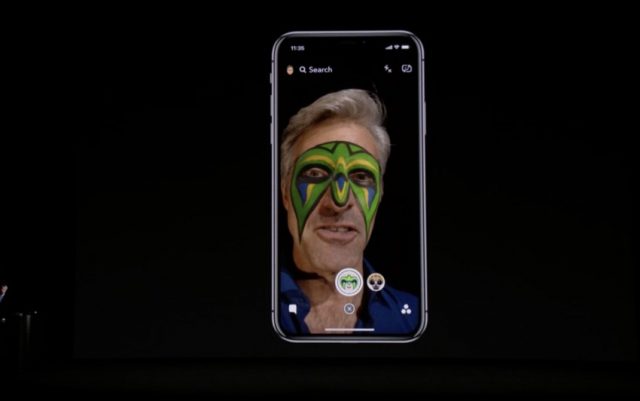

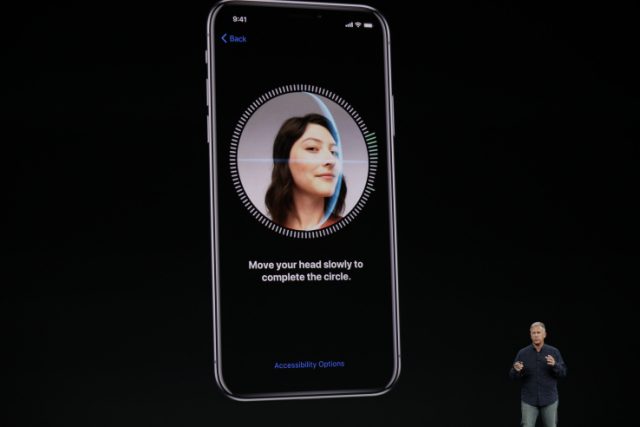


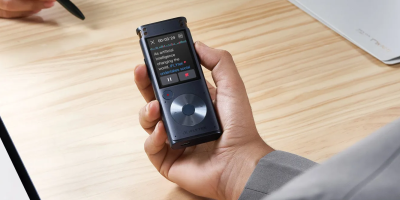
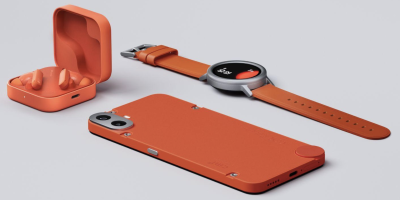
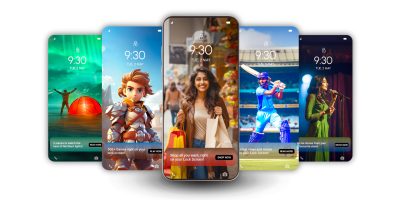





Comments